Many Kyoto itineraries I found online, while detailed and broken out by time, usually began mid-morning and take you through the top attractions into the afternoon. While they may be perfectly reasonable to follow during off-peak tourist times, you’d find yourself stuck in tourist traffic during the spring or fall when most people would actually want to visit.
So what I did was research the times that various temples and attractions opened and devised an itinerary that would get me there before the hordes poured in. You may still end up getting mixed into some smaller crowds, but I still think this is the most efficient way to experience these areas in relative peace. And if you end up visiting during an off-peak season, you’ll have the rest of the day to do other things!
If there is a drawback to this itinerary it’s that you may be in Higashiyama and Gion before some of the stores open. But this is not a shopping or eating guide, but a sightseeing one.
While I enjoy very detailed guides, I personally don’t like to get bogged down in too much information while I’m actually on the move. So I’m going to provide you with a skeletal itinerary first that you can follow at a glance, and then provide a more detailed one below it which you can examine when you’re not on your feet.
Fair warning that this itinerary involves a lot of walking and begins early. Because of the early start, this would most likely be your second day in Kyoto.
Also make sure to have cash on hand — the standard form of payment in Japan — to pay admission into some of these temples. It’s a good idea to have a tappable and refillable rail pass such as Suica or Pasmo as well, if only for convenience when taking the train.
Without further ado, here’s an effective way to hit up some of the most popular tourist attractions in Kyoto in one day while avoiding the crowds.
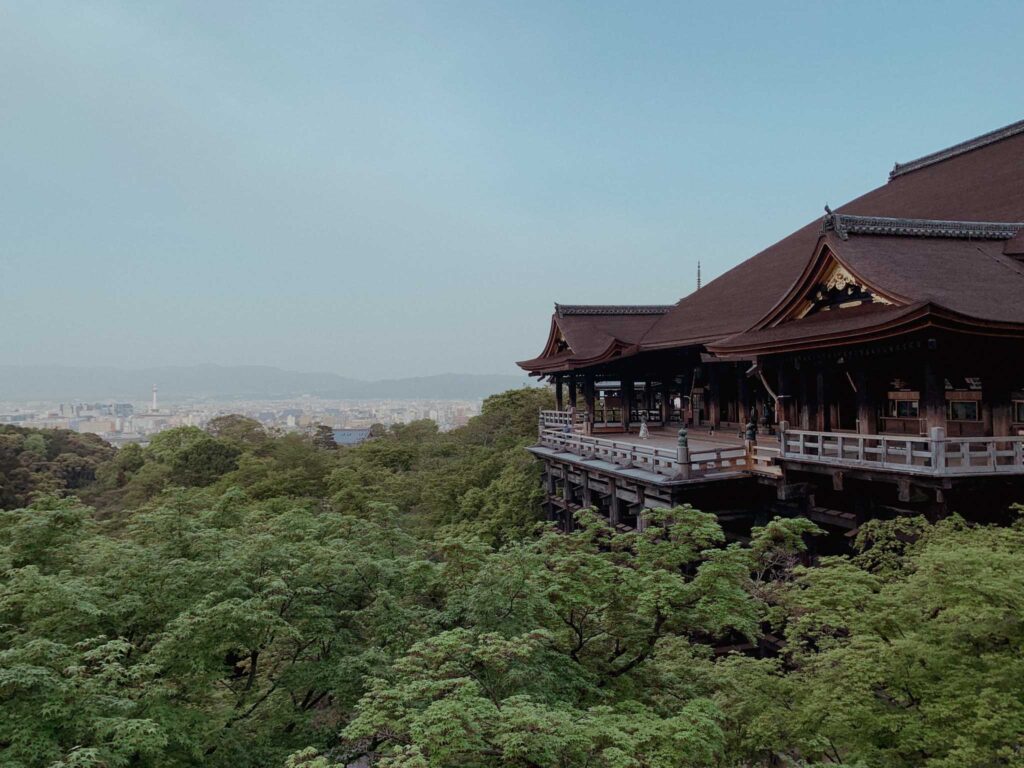
Itinerary at a Glance:
5:30 am: Walk to Kiyomizu-dera
- Begin from Keihan Kiyomizu Gojo Station [20 minutes]…
- …or go from Gion Shijo Station [30 minutes] and pass through Yasaka-jinja, Maruyama Park, Nene-no-michi, Ninen-zaka and Sannen-zaka.
6:00 am: Kiyomizu-dera [400 yen admission fee]
- Enter from Nio-mon Gate at the top of Kiyomizu-zaka hill.
6:30 am: Walk through Higashiyama and Gion toward Gion-Shijo station
- Gion-Shijo Station to Fushimi-Inari Station via the Keihan Electric Railway
7:30 am: Fushimi-Inari [free]
- Go as far as Shin-Ike Pond before heading back down.
8:00 am Train to Arashiyama
- Inari Station to Kyoto Station via JR Nara Line
- Kyoto Station to Saga-Arashiyama Station via the JR Sagano Line
9 am Arashiyama, Tenryu-ji Garden [500 yen admission fee]
- Skip the temple inside, and explore the garden for 30min. Exit through the back to get to…
9:30 am: Bamboo Grove, 15min [free]
- The less-congested midway point, which will not yet be crowded.
9:45 am: Okochi-Sanso Villa [1,000 yen admission fee]
- Located at the end of the grove. Collect your green tea and sweets voucher upon admission!
10:15 am: Kameyama Park and Katsura River
- At the uppermost area of the park, head down a cobblestone path through the woods, leading to the river.
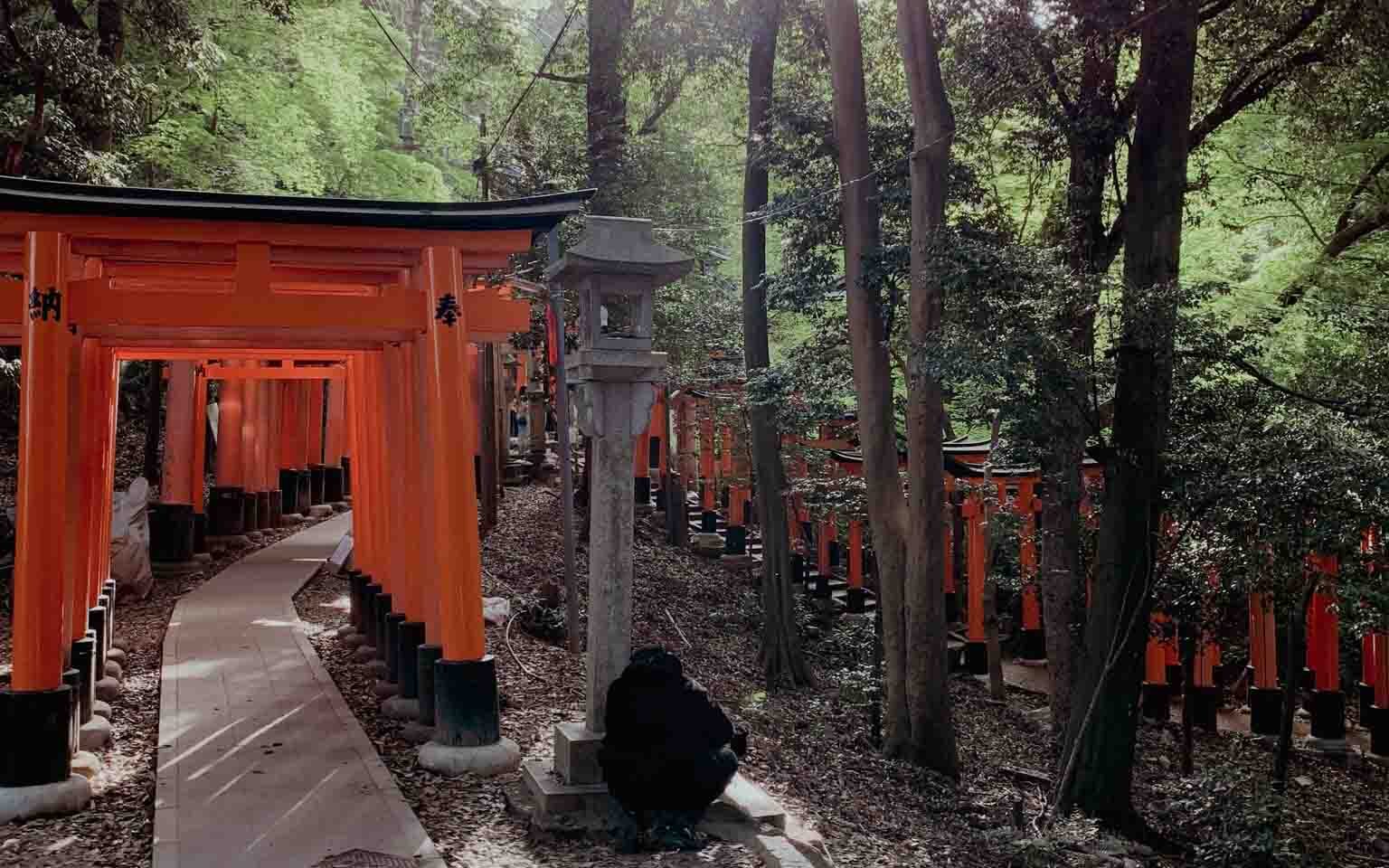
The Detailed Breakdown
5:30 am: Walk to Kiyomizu-dera
The closest station to Kiyomizu-dera is Keihan Kiyomizu Gojo Station, and it takes about 20 minutes on foot to the temple entrance at Nio-mon Gate at the top of Kiyomizu-zaka hill. A slightly longer (30 minutes) and more scenic route begins at Maruyama Park (the closest station being Gion-Shijo station), which will take you through Nene-no-michi, Ninen-zaka and Sannen-zaka. It will be similar to your return path, but I think it’s one worth walking in both directions.
To follow this path, begin at Gion-Shijo station, and walk east on Shijo-dori. This main road will take you Yasaka-jinja, which is open 24 hours. Take the short walk through it and you’ll find yourself at the large pond of Maruyama Park. The park itself is rather small, and you may have time for a quick stroll around it, though it’s worth spending a leisurely afternoon in.
Head south at the pond to exit the park and get onto Nene-no-michi. Continue on Nene-no-michi by taking a right at the end of the path followed by a left. The road is long and lined with temples and some souvenir shops, most of which will be closed at this time. Continue on it until you make it to another road, Ishin-no-michi, where you can either take a left or continue straight into Ichinen-zaka. Whichever path you take, you’ll soon want to make a right to get onto Ninen-zaka, a picturesque street with traditional architecture. The best part is that you won’t have to peer through crowds of people to see it!
Walk down Ninen-zaka and climb up the stairs at the end to reach Sannen-zaka. When you reach the top of the steps, be sure to turn to face west to see the Yasaka Pagoda looming in the distance. After taking in the sight, continue east on Sannen-zaka, making your way uphill. The street will merge into Kiyomizu-zaka, and finally bring you to Nio-mon Gate.
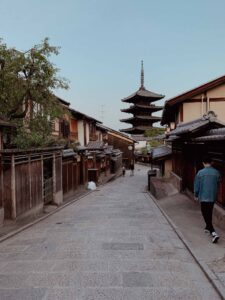
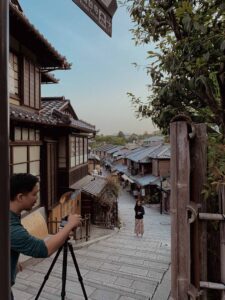
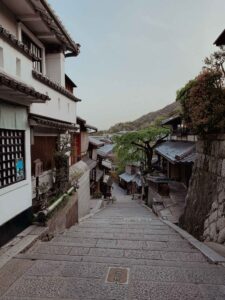
6:00 am: Kiyomizu-dera
Enter from Nio-mon Gate at the top of Kiyomizu-zaka hill. Go through the gate and climb the stairs until you reach the ticket office where you can purchase admission into the temple.
You should get here right around when the temple opens, and have the place almost to yourself. Pay the admission and follow the signs to walk the short trail through the grounds and enjoy the quiet serenity.
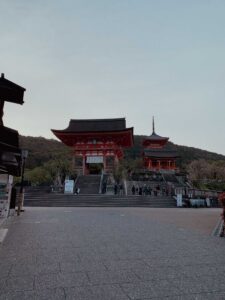
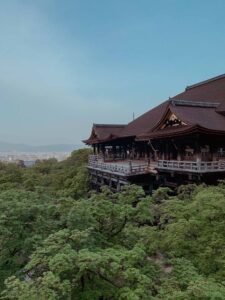
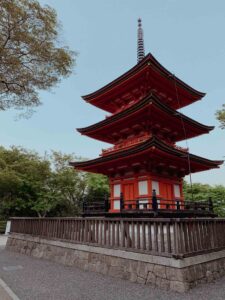
6:30 am: Walk through Higashiyama and Gion toward Gion-Shijo station
I would recommend going back the way you came to enjoy Sannen-zaka and Ninen-zaka again, but this time passing through Gion as well. When you get to Ishin-no-michi, head west and turn onto Nene-no-michi. Head north, keeping an eye out for Ishibe-koji on your left, which is a small but beautiful alleyway that is easy to miss. Follow the short but winding alleyway and continue heading west until you reach a larger street (Shimokawaracho). Make a right onto it, then take your first left. Walk to the end of this street and make a right onto Hanamakikoji-dori, a popular spot for geisha sightings (though likely too early in the morning to see any). Continue up north on this scenic street until you make it to Shijo-dori, and look out as you approach it for the famous red walls of Ichiriki Chaya on your right. Turn left onto Shijo-dori and continue west until you reach Kawabata-dori, right by the river. Head into Gion-Shijo station there and take the Keihan Electric Railway to Fushimi-Inari station, which will take you about 10 minutes.
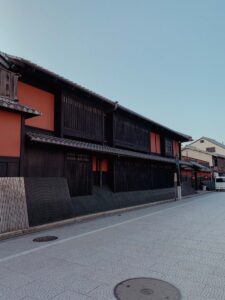
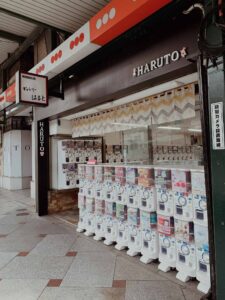
7:30 am: Fushimi-Inari Taisha
Follow the signs (and tori gates) from the Fushimi-Inari station and you’ll make it to the shrine after a short walk. By this time there may already be a fair amount of people, though far from the airport-security-like levels the shrine is known to have; you’ll still have plenty of opportunities to take pictures without others photobombing them. The shrine is open 24 hours though, so you can come even earlier if you want to enjoy a more isolated experience, but I found this time to be plenty enjoyable.
Hike your way up the tori-shaded hills until you get to Shin-Ike Pond, which is a reasonable place to start making your way back. (The full hike to the top is said to take about 3 hours.)
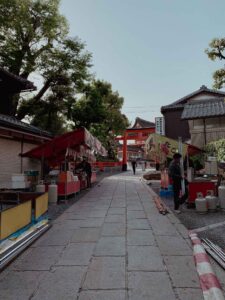
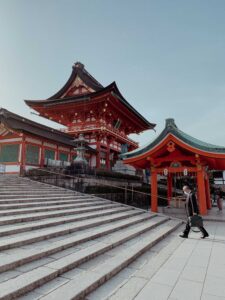
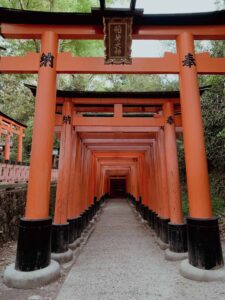
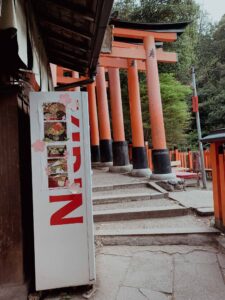
8:00 am Take the train to Arashiyama
Head to Inari station (which is a different station than that you arrived at) and hop on the JR Nara line to Kyoto station. It will be big and busy, but just follow the signs to the JR Sagano line and you’ll be fine. Take the JR Sagano line to Saga-Arashiyama station. Walk about 10 minutes from the station toward Tenryu-ji, following the signs and the increasing crowds (most of which are going to the bamboo grove, which you can ignore for now). The whole trip should take you a little under an hour.
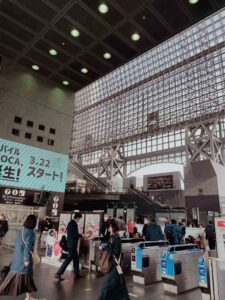
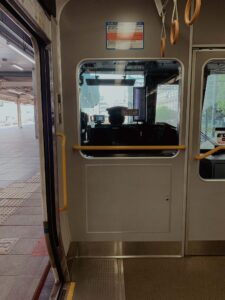
9:00 am Tenryu-ji Garden
While you do have the option of buying a combo ticket, I’d recommend doing only the garden and spending a relaxed 30 minutes in there. There are other temples in Kyoto which you can enjoy the interiors of, and the interior of this one can still be gazed into from the garden. The landscape garden of the temple, called Sogenchi Garden, is one of the oldest in Japan and retains the same form as when it was designed by Muso Soseki in the fourteenth century. When you’re done, exit through the back gate to enter into the bamboo grove.
Note that Tenryu-ji opens from 8:30 am, if you want to or are able to get there earlier. The bamboo grove, on the other hand, is open 24 hours, so you could technically try to get there earlier or even skip Tenryu-ji if you wanted to. I still think that this order of things makes the most sense to enjoy the busiest sights at the least busy times.
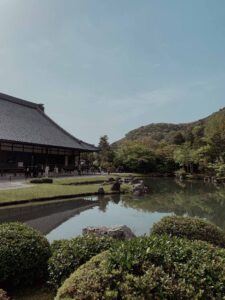
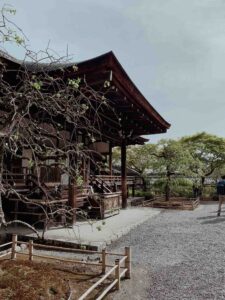
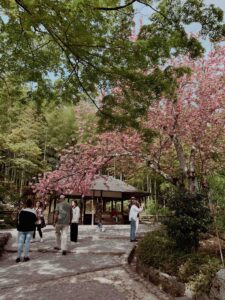
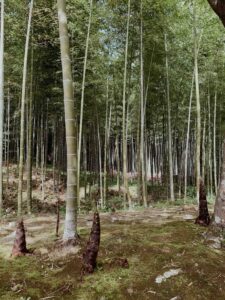
A quick note:
I’d highly recommend checking out Inside Kyoto’s walking tour of Arashiyama, which you can read for free on their website. I loosely followed it from Tenryu-ji, and found their detailed step-by-step instructions with pictures to be very helpful. The itinerary from this point on was inspired by it, with some changes and variations of my own from my experience.
9:30 am: Bamboo Grove
The less-congested midway point. It still won’t be overly crowded, but by 10 am it will start to resemble Shibuya Scramble. The bamboo grove is open 24 hours, so if you really wanted to enjoy it with more of a sense of isolation, you might consider going earlier. Chances are though if you’re following this itinerary, you may arrive earlier.
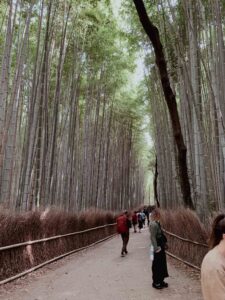
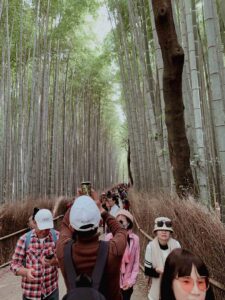
9:45 am: Okochi-Sanso Villa
The villa is located just beyond the grove, and although there is a sign, it’s somewhat easy to miss (at least among the increasing crowds of people). Perhaps for that reason you’ll find fewer people there as you escape the growing horde of bamboo grove selfie sticks. Buy a ticket at the entrance and collect your green tea and sweets voucher, which you can redeem at the tea house inside the grounds after enjoying the garden. Follow the signs up the narrow one-way paths which will lead you through this beautiful maze.
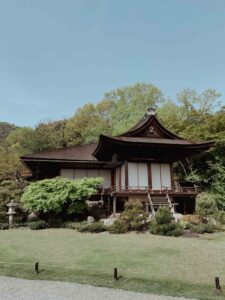
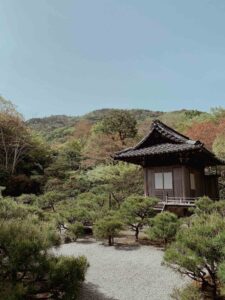
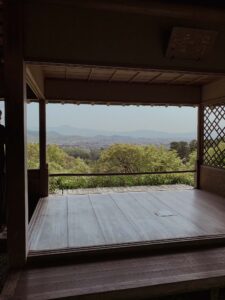
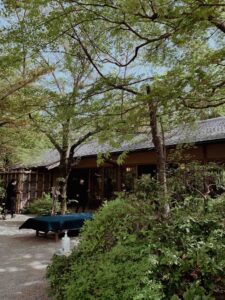
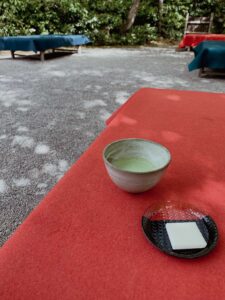
10:15 am: Kameyama Park and Katsura River
After enjoying your free tea and sweets, head back toward the bamboo grove and marvel at the horror before you, then take a right and you will reach Kameyama Park. You may take your time and enjoy this area if you like, as there are no crowds left to beat for the remainder of this itinerary. Eventually, you’ll want to make your way uphill to its highest point, where you can enjoy a view of the mountains and the river below.
Nearby this viewpoint will be a narrow path of cobblestone steps leading down through a woody area. If you follow this you will make it down to the river itself.
Walk along the river until you get to the main road and the famous Togetsu-kyo bridge. In this area there are plenty of souvenir shops to enjoy (though they may already be crowded), and transportation options to take you to your next point of interest.
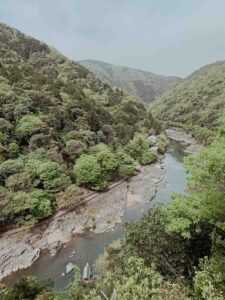
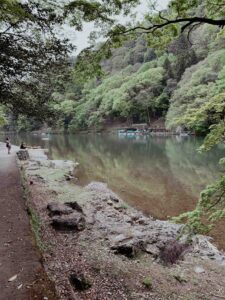
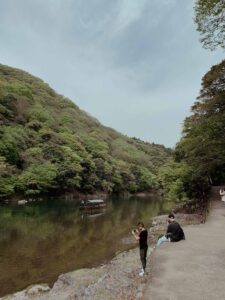
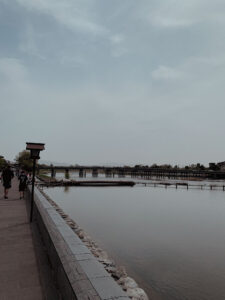
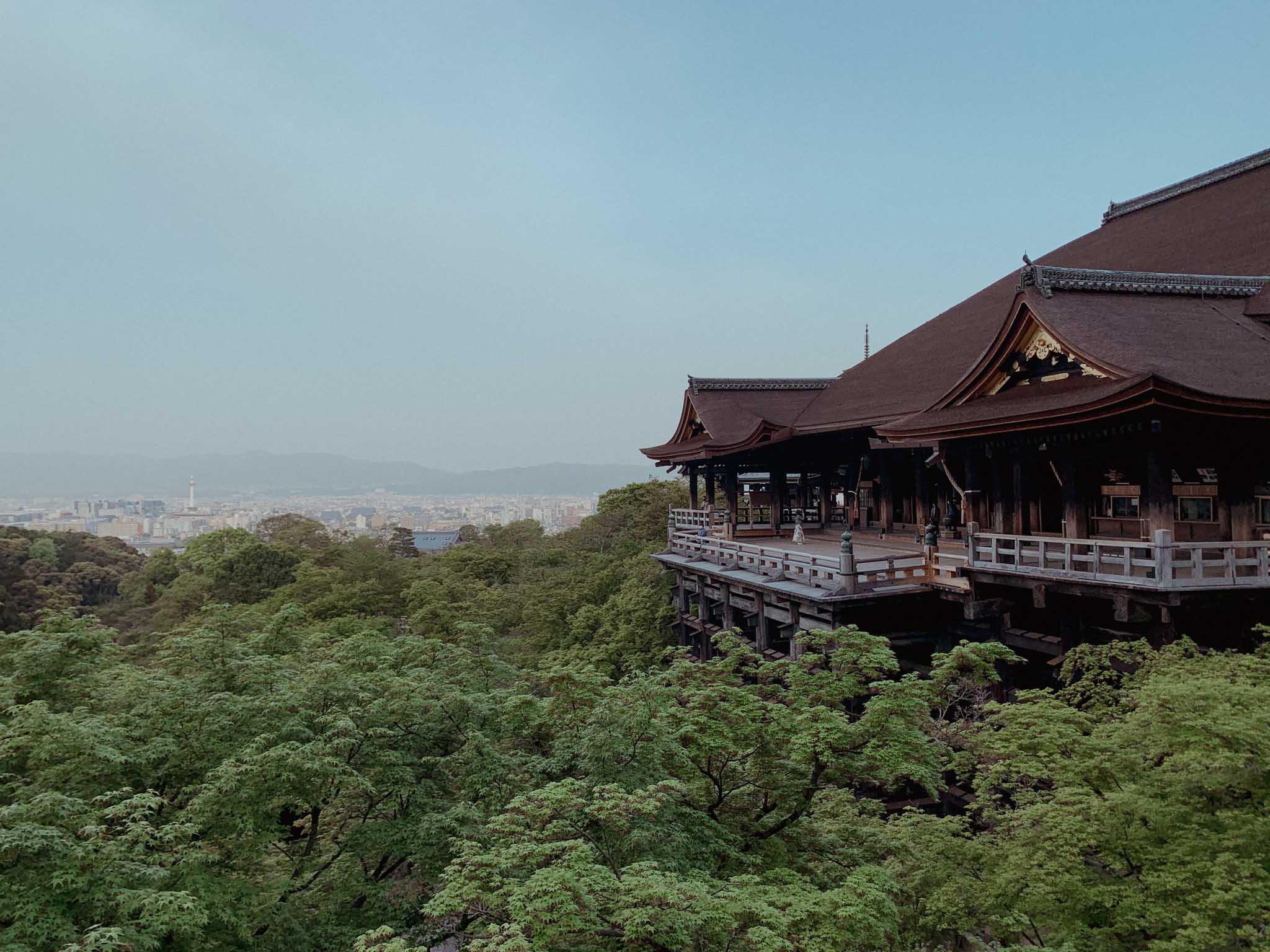



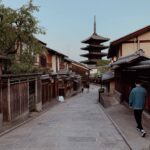
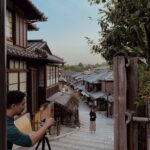
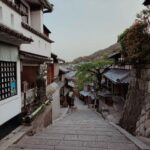



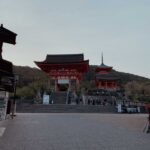
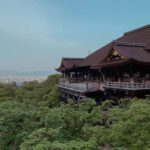
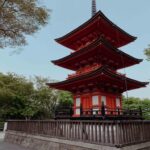


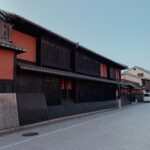
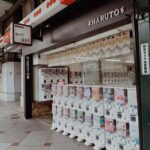




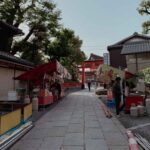
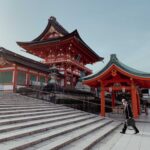
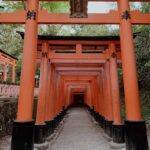
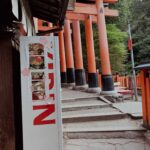


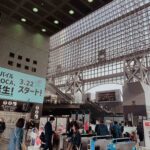
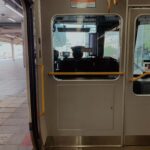




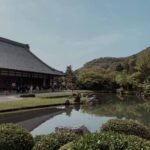
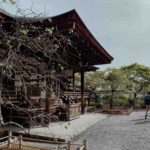
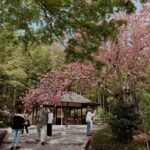
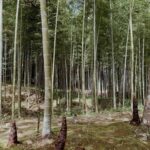


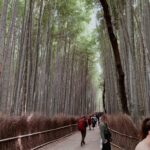
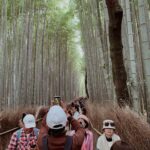





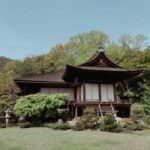
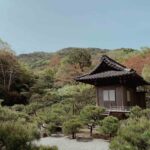
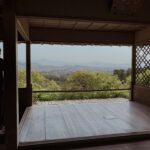
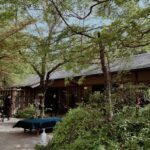
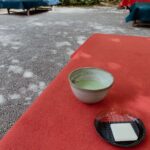




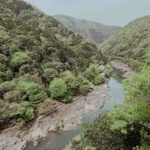
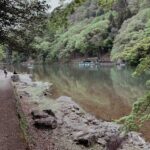
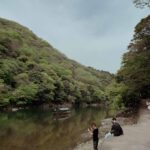
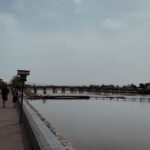
Leave a Reply